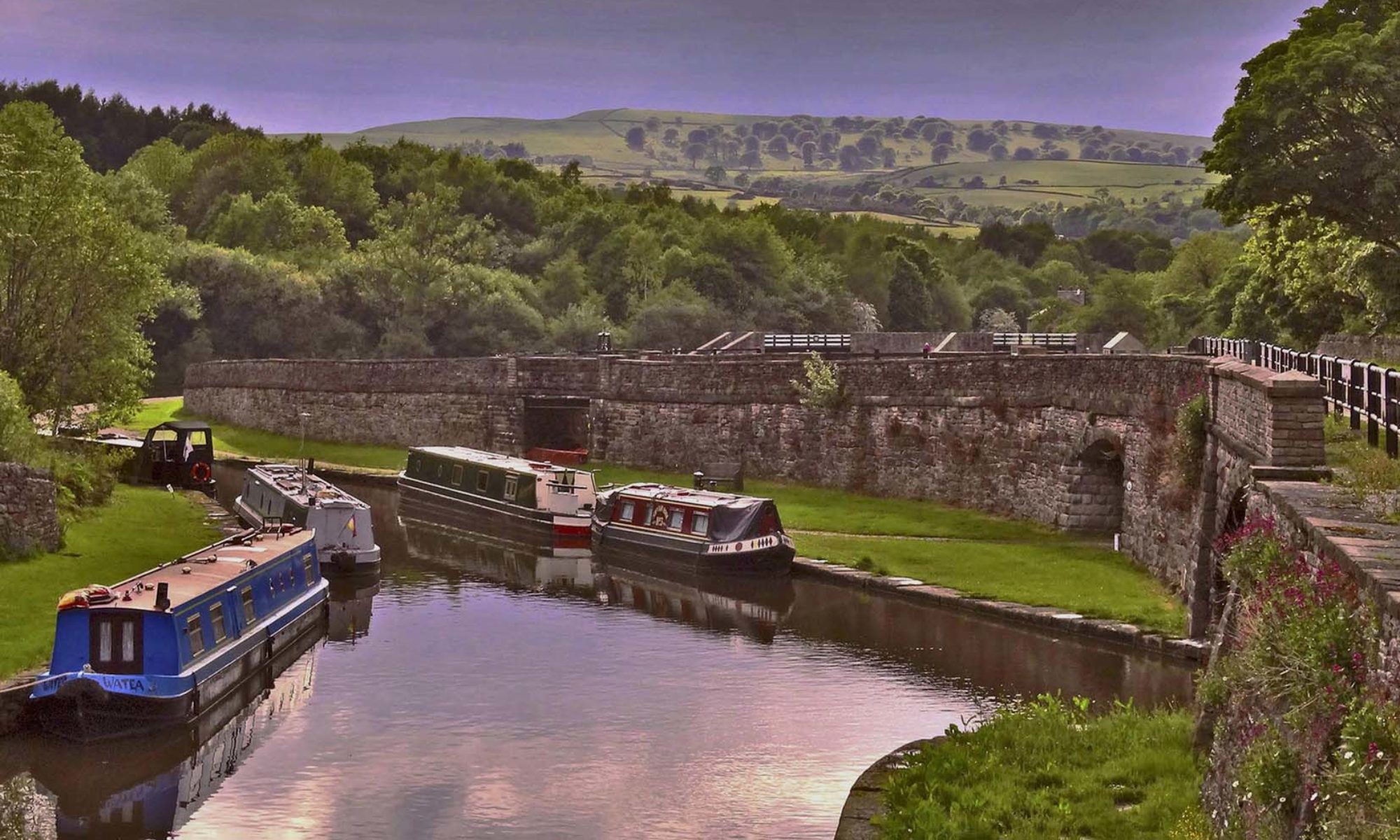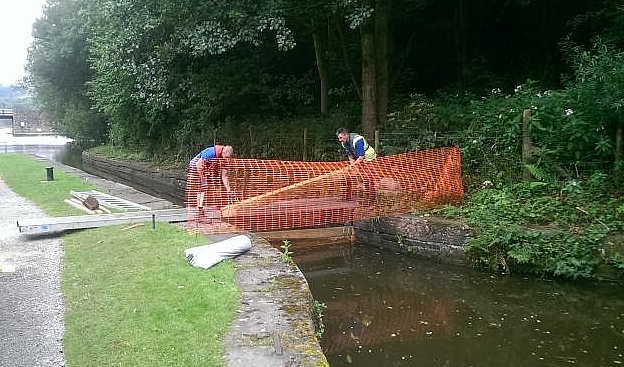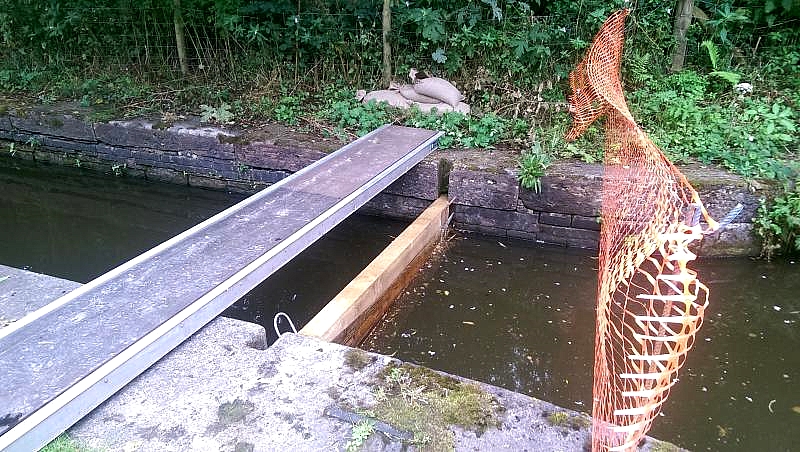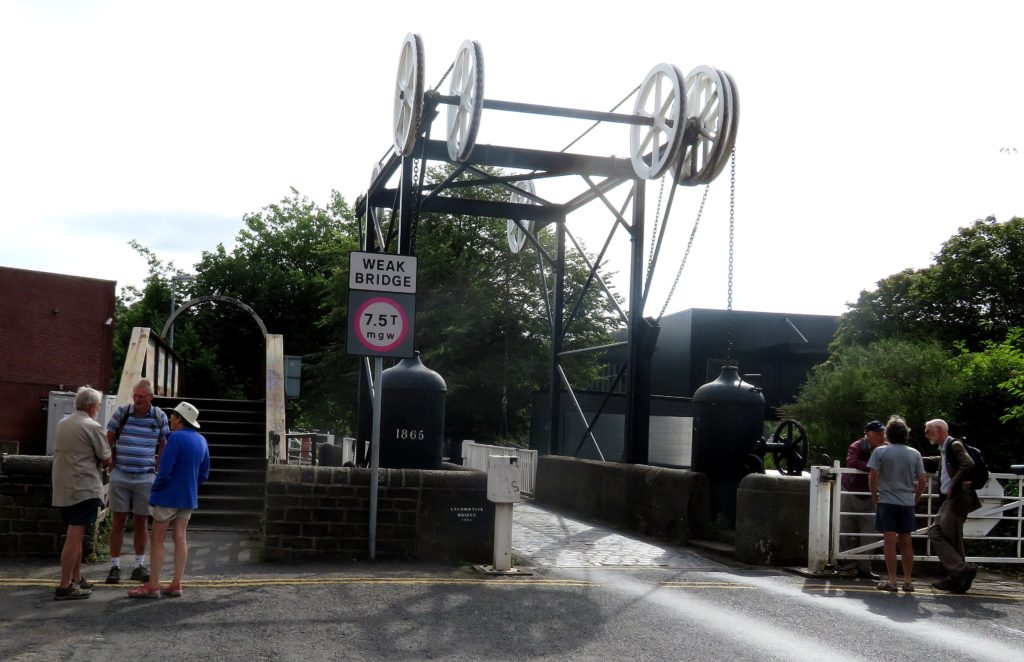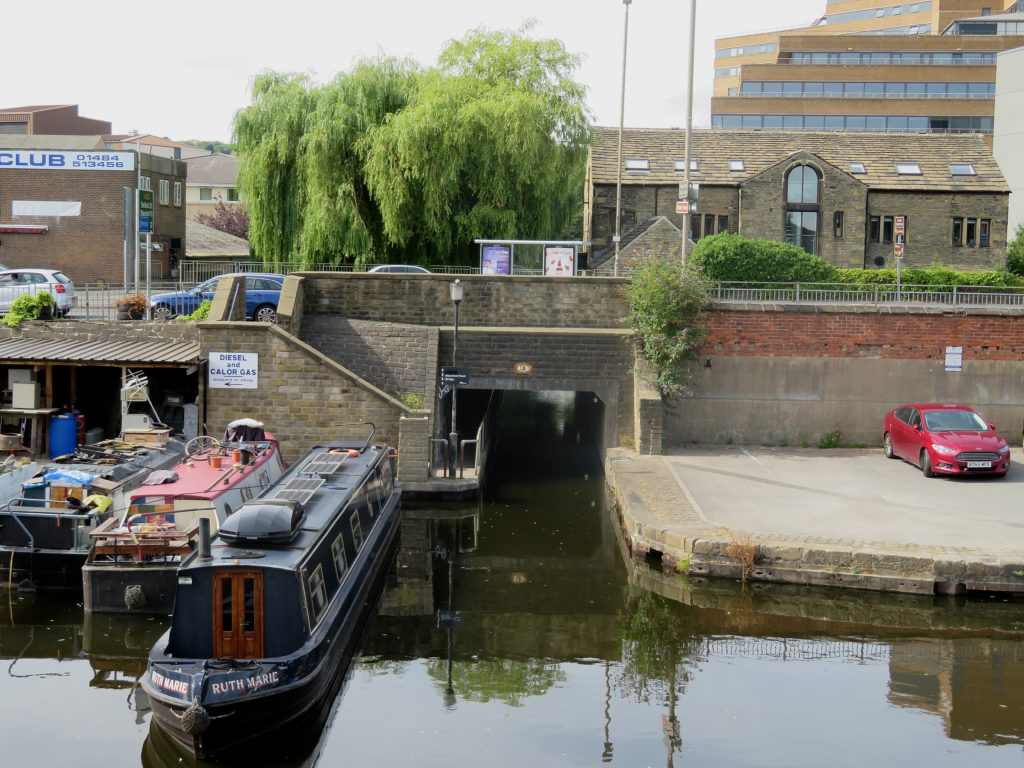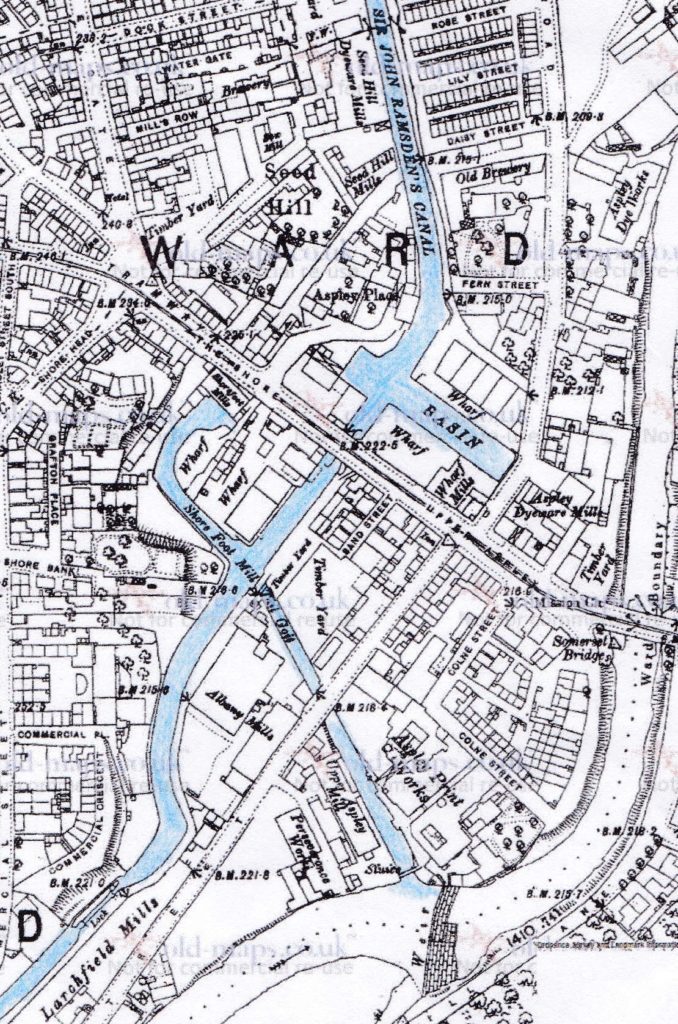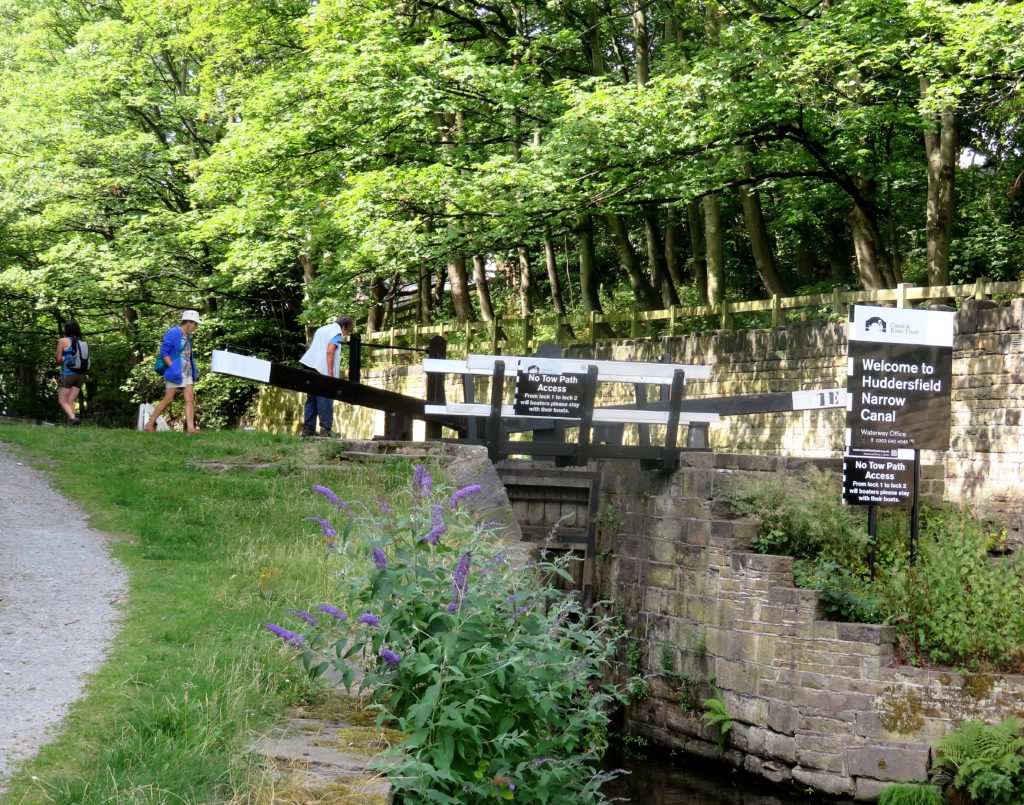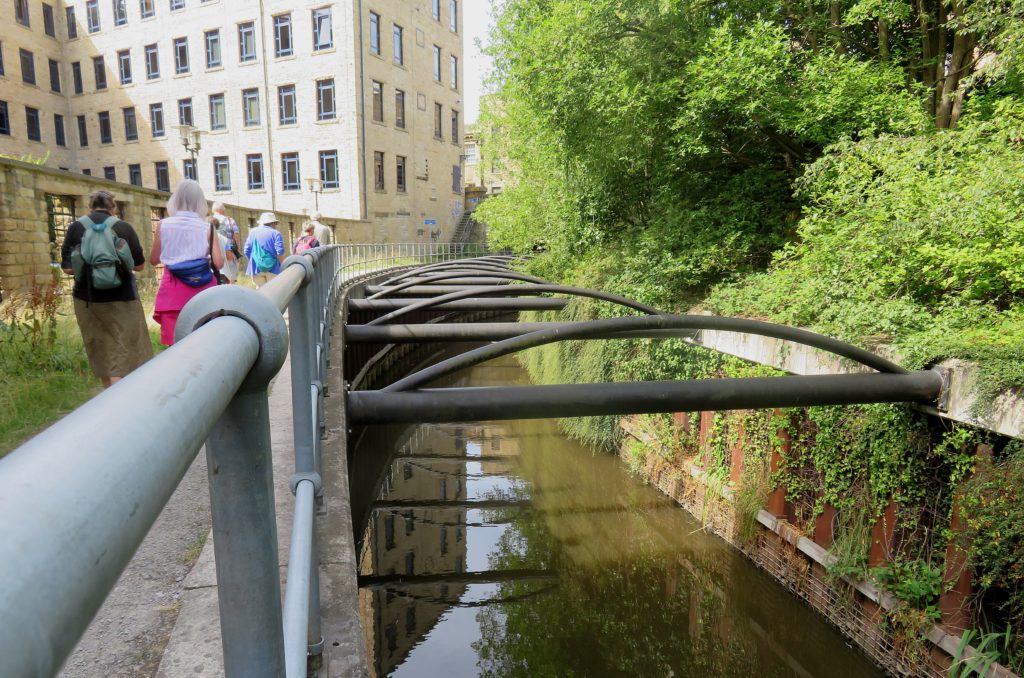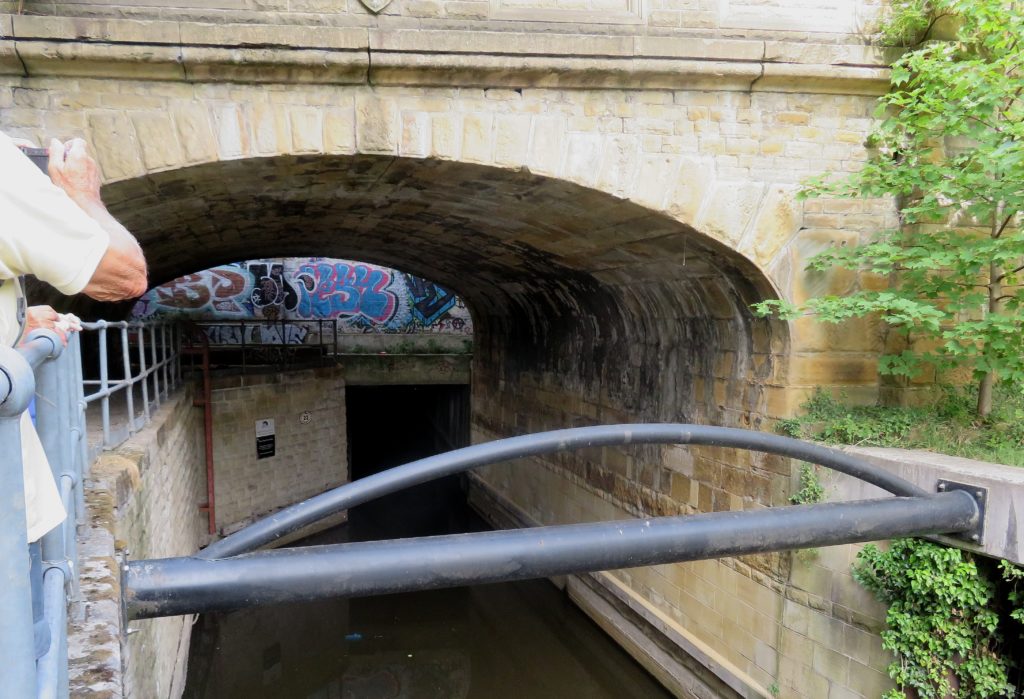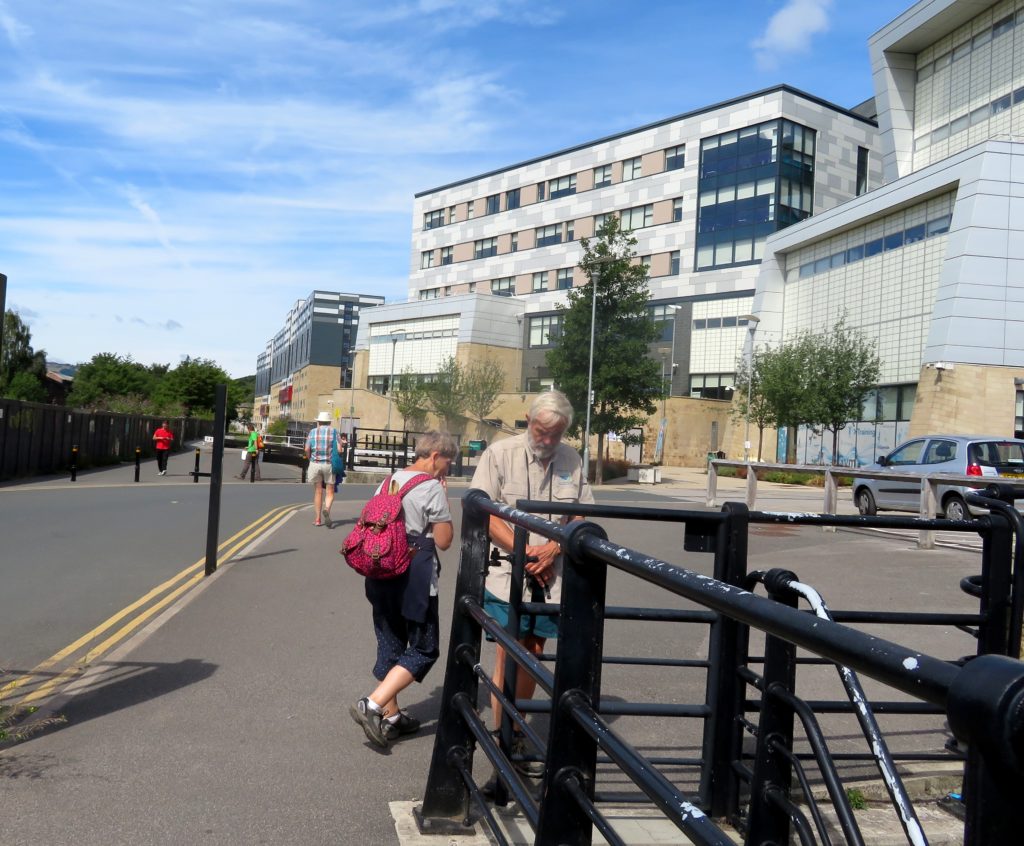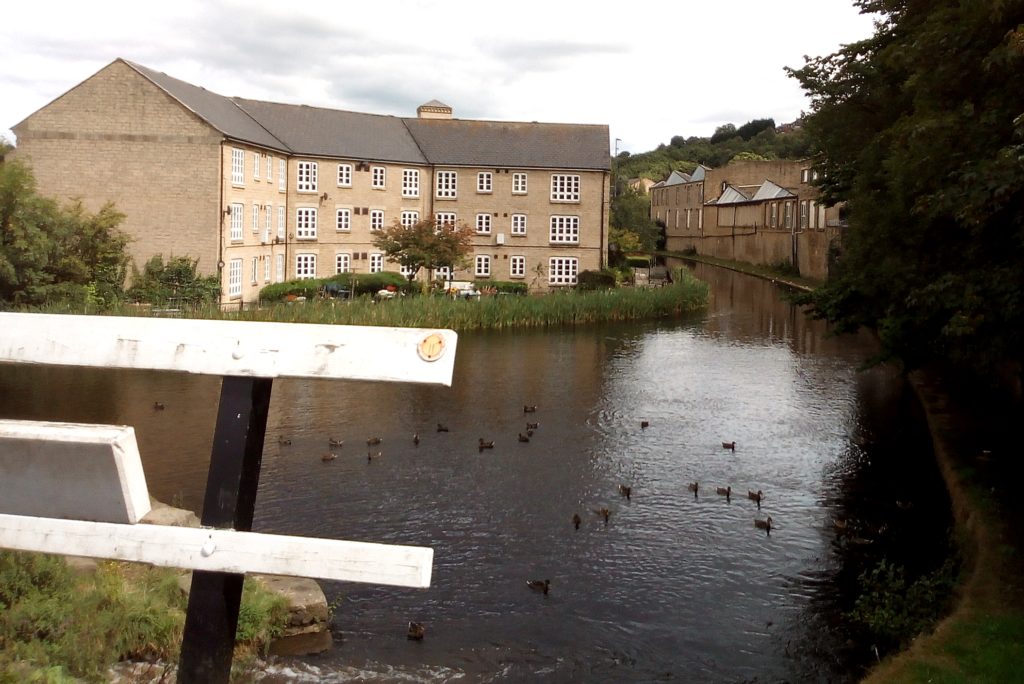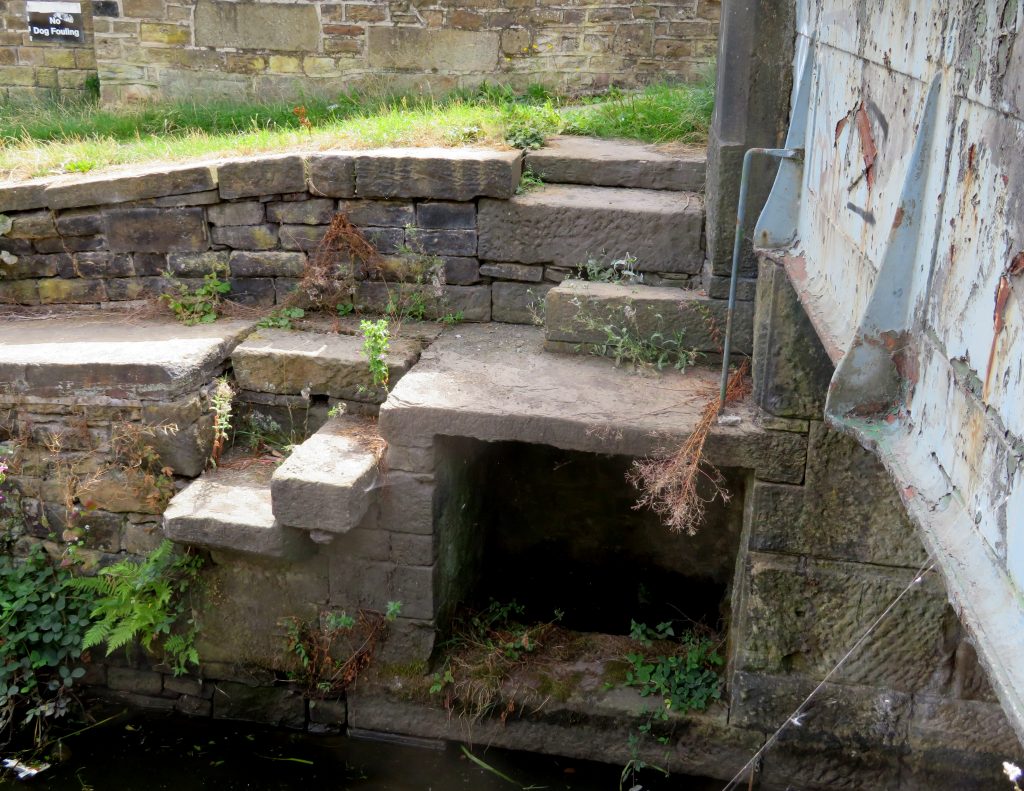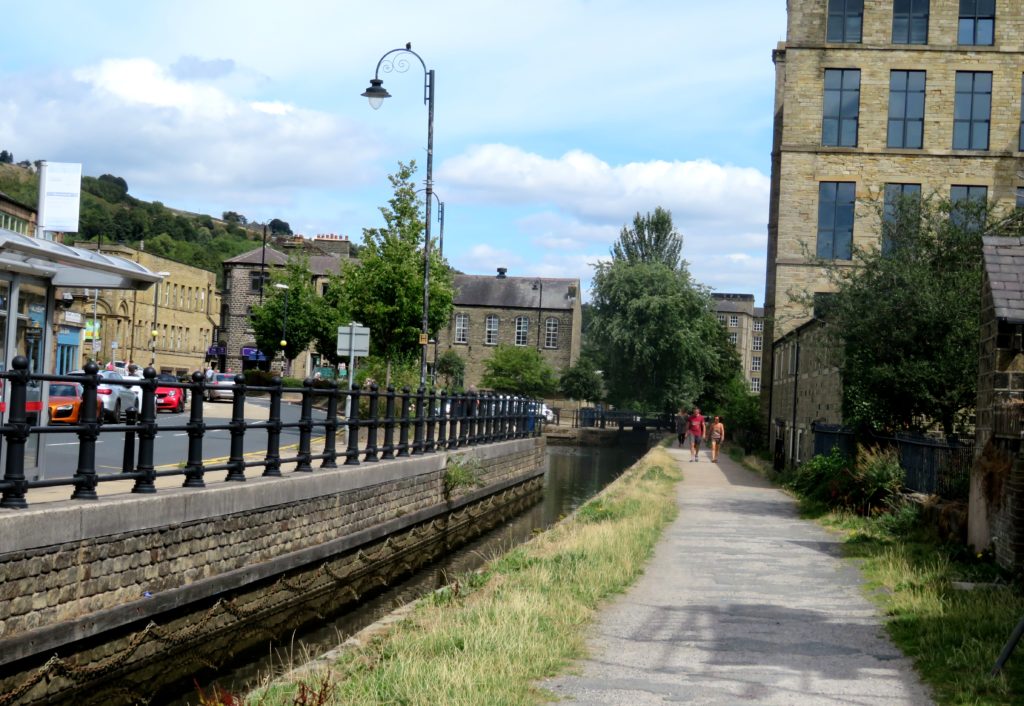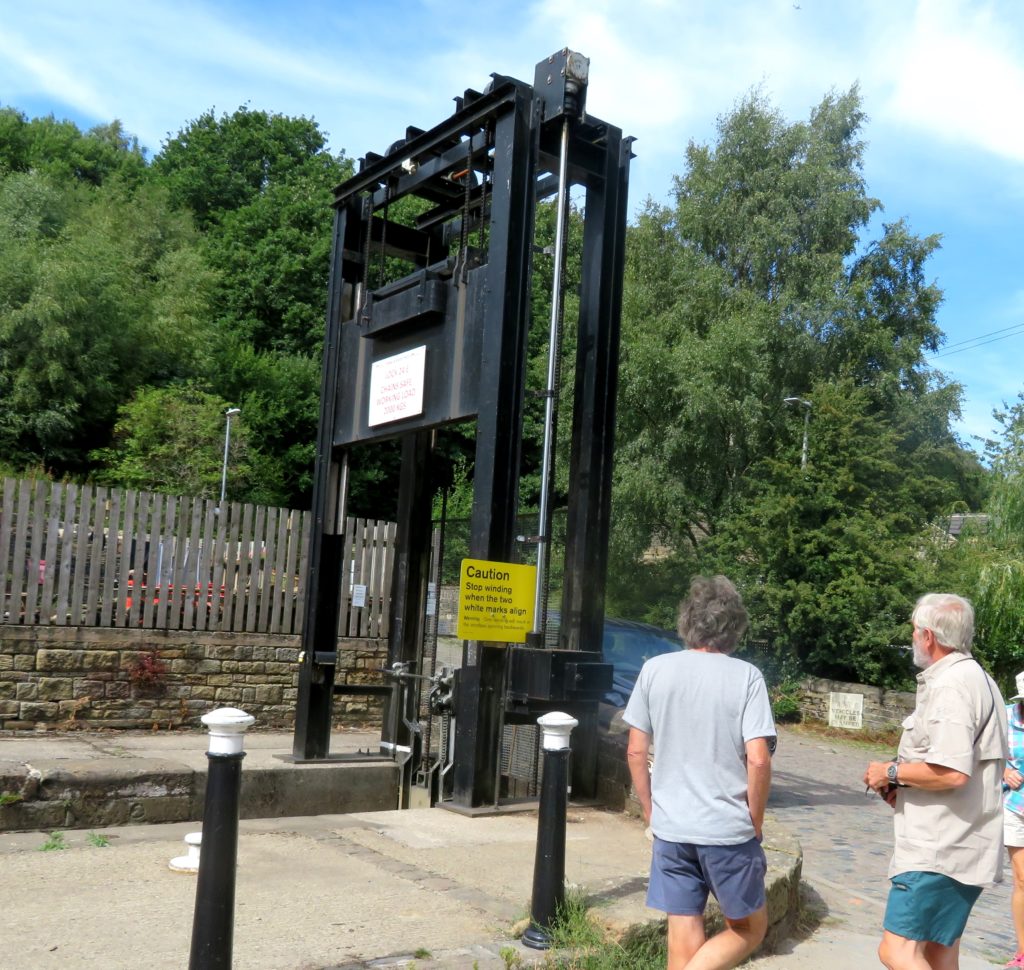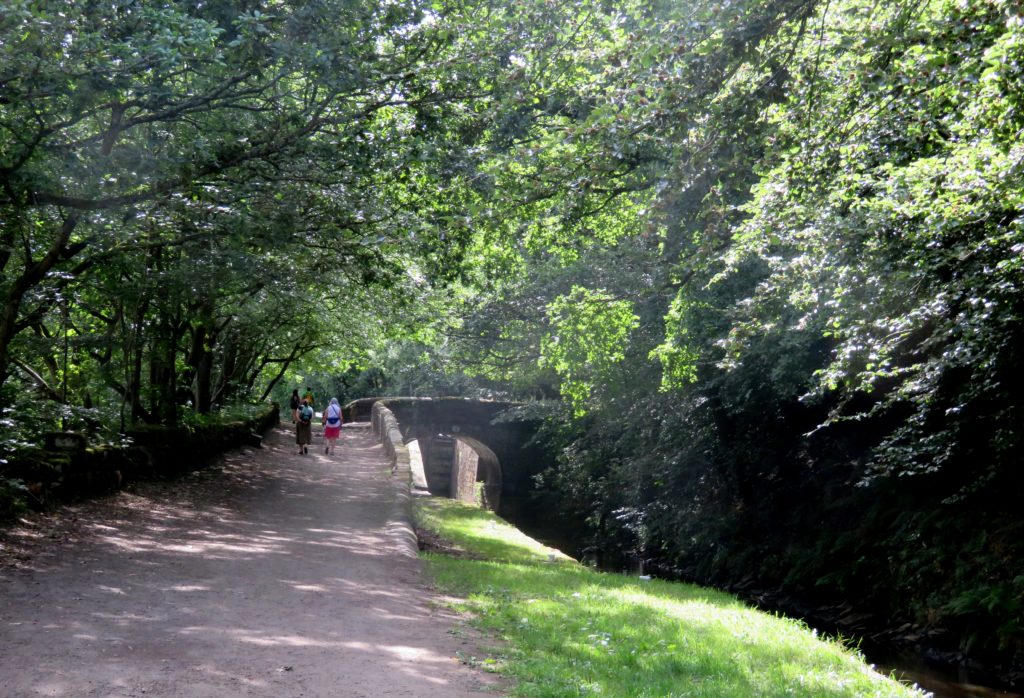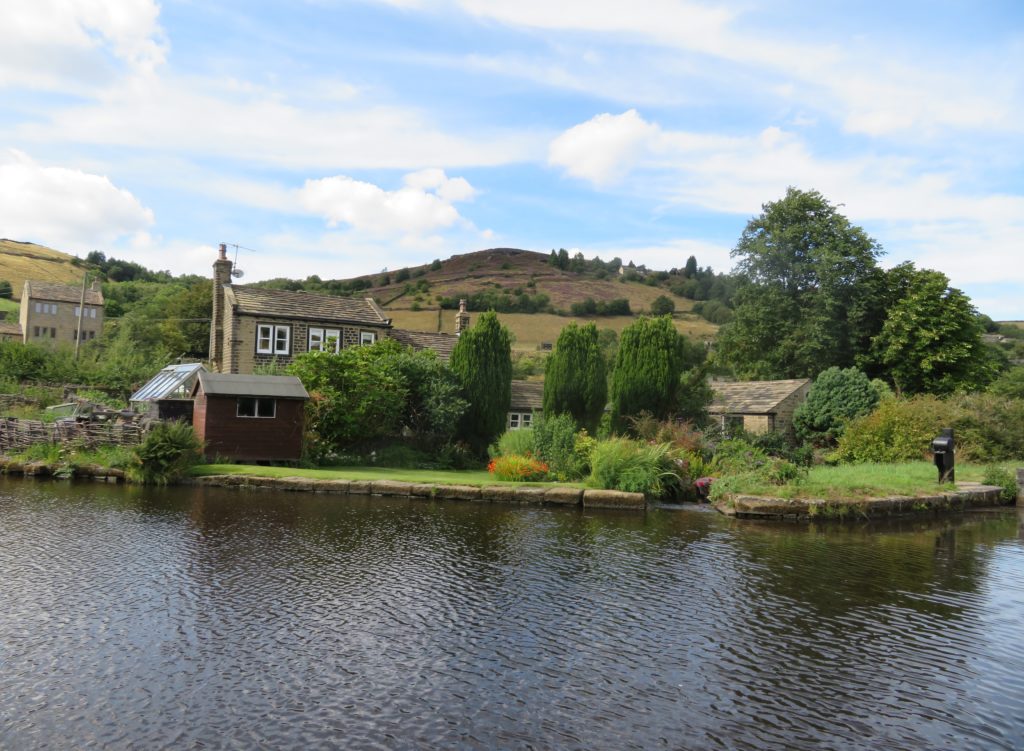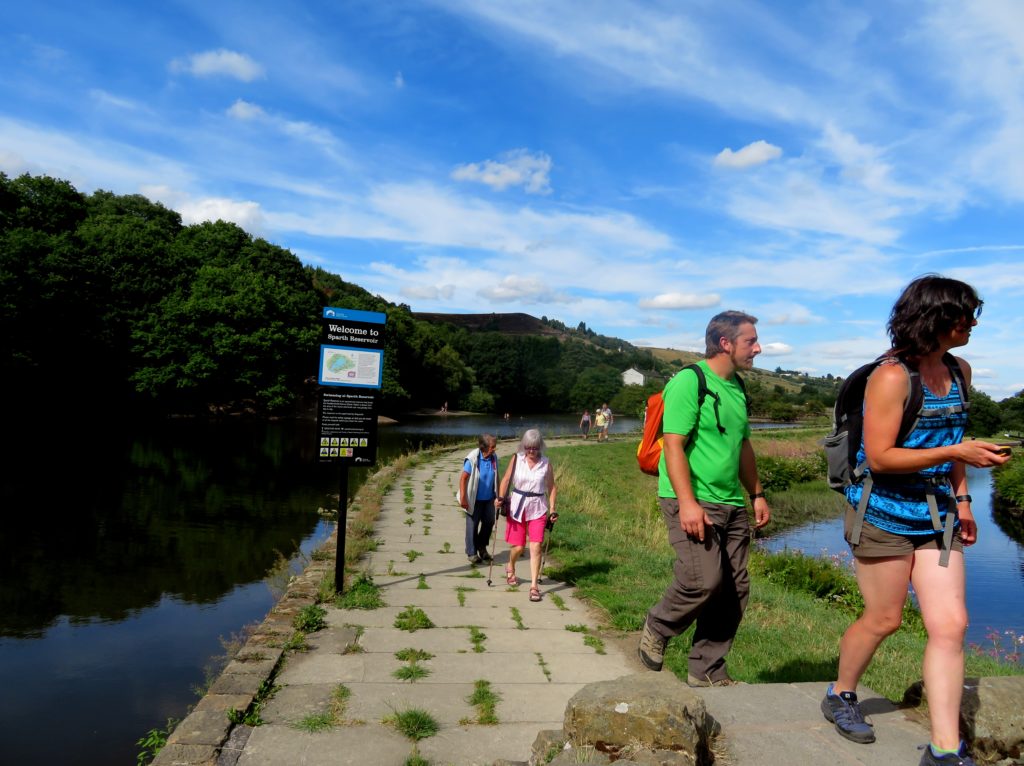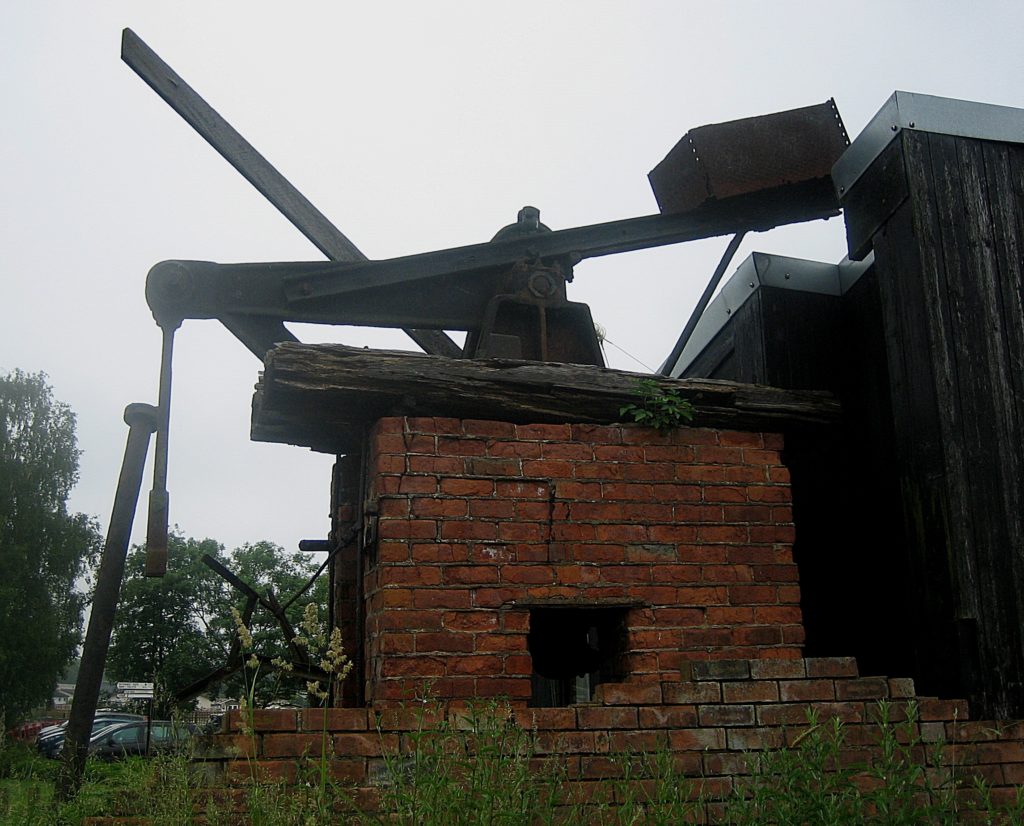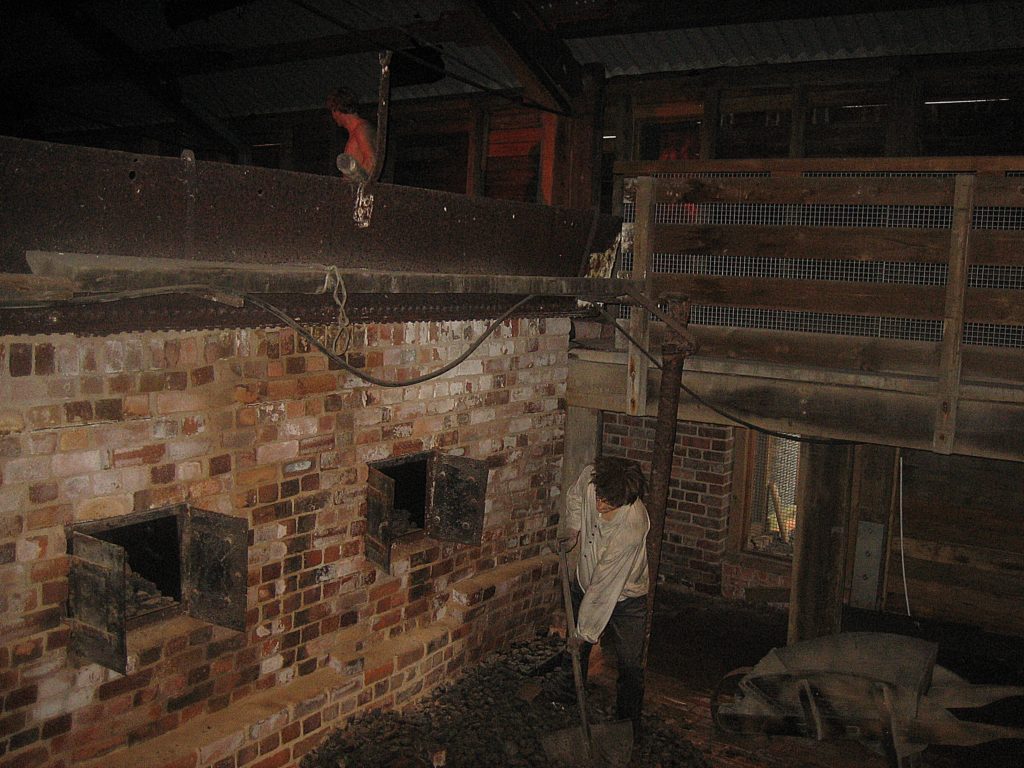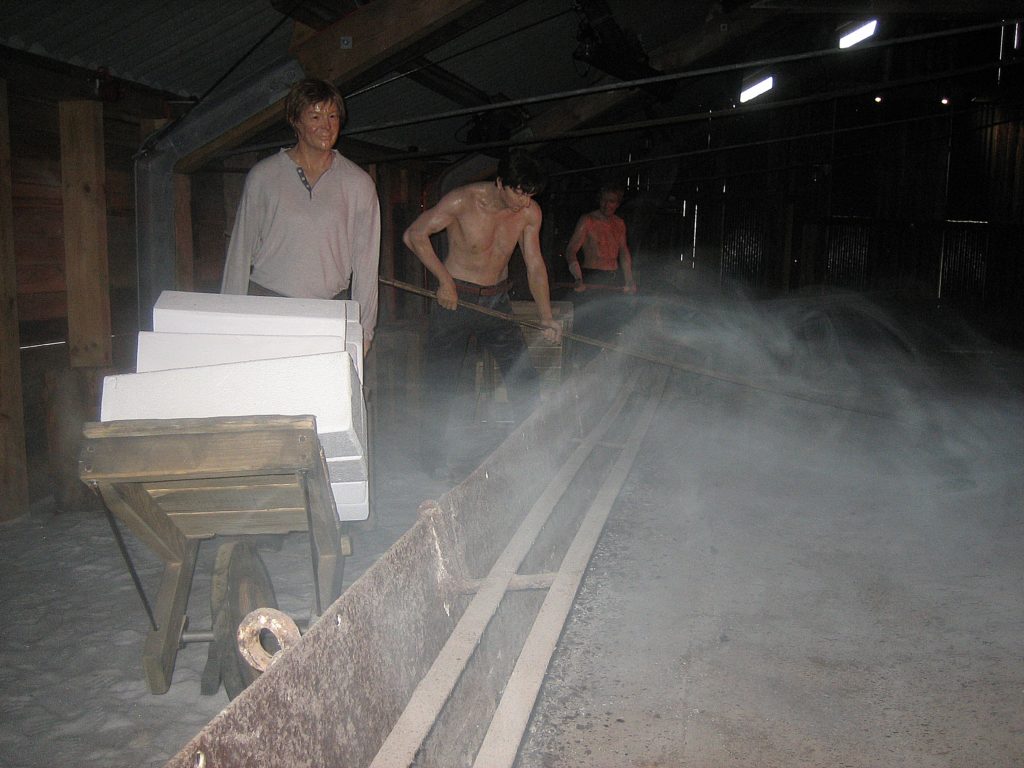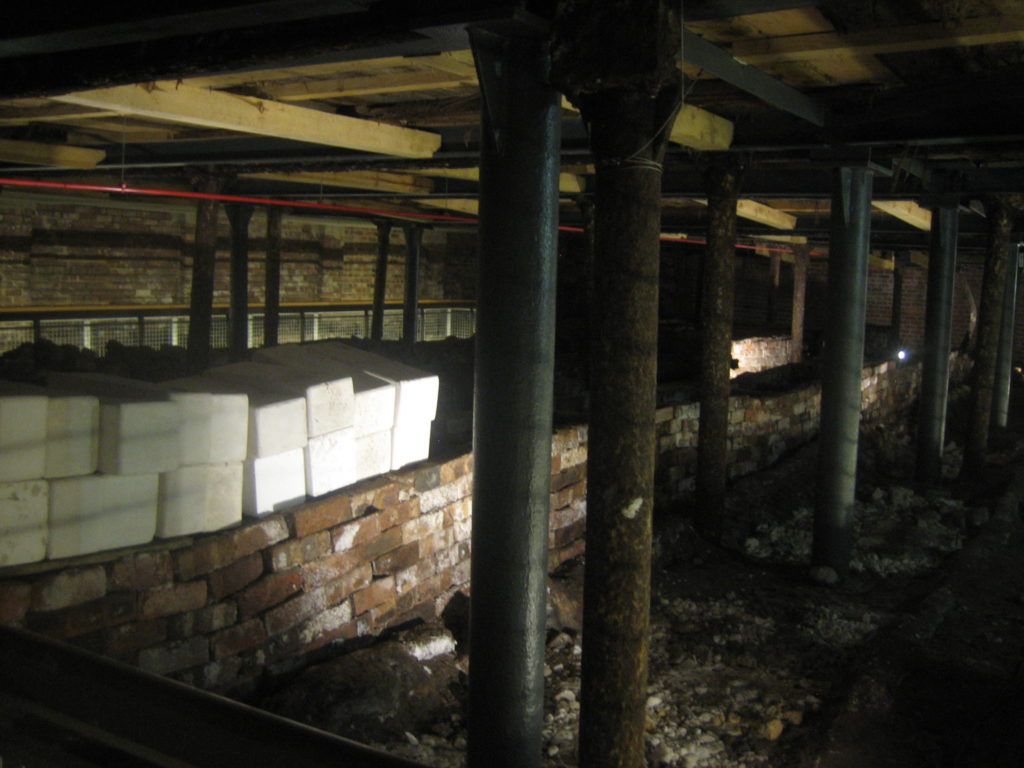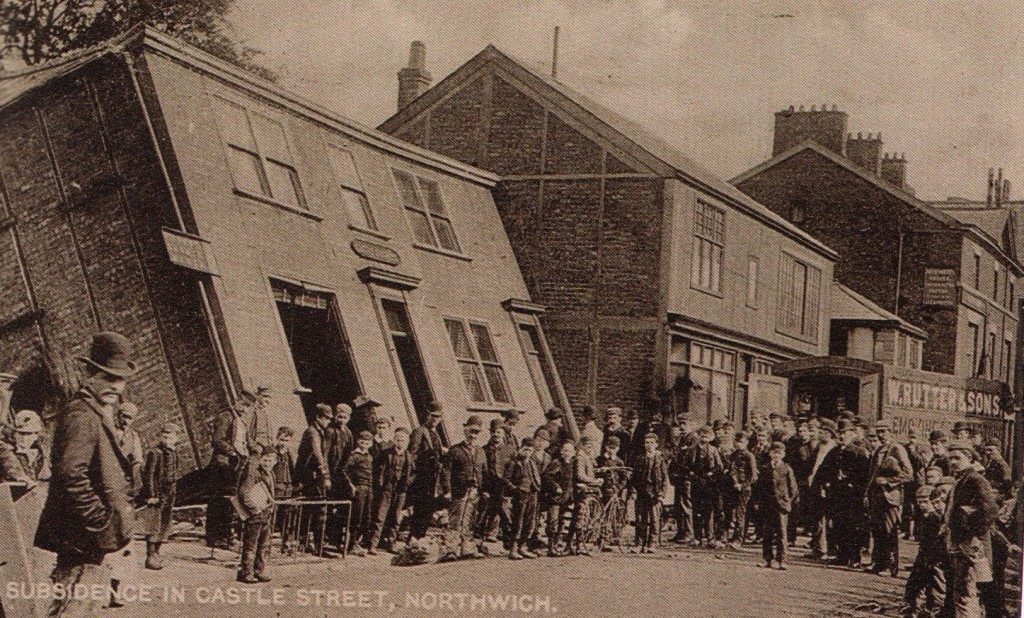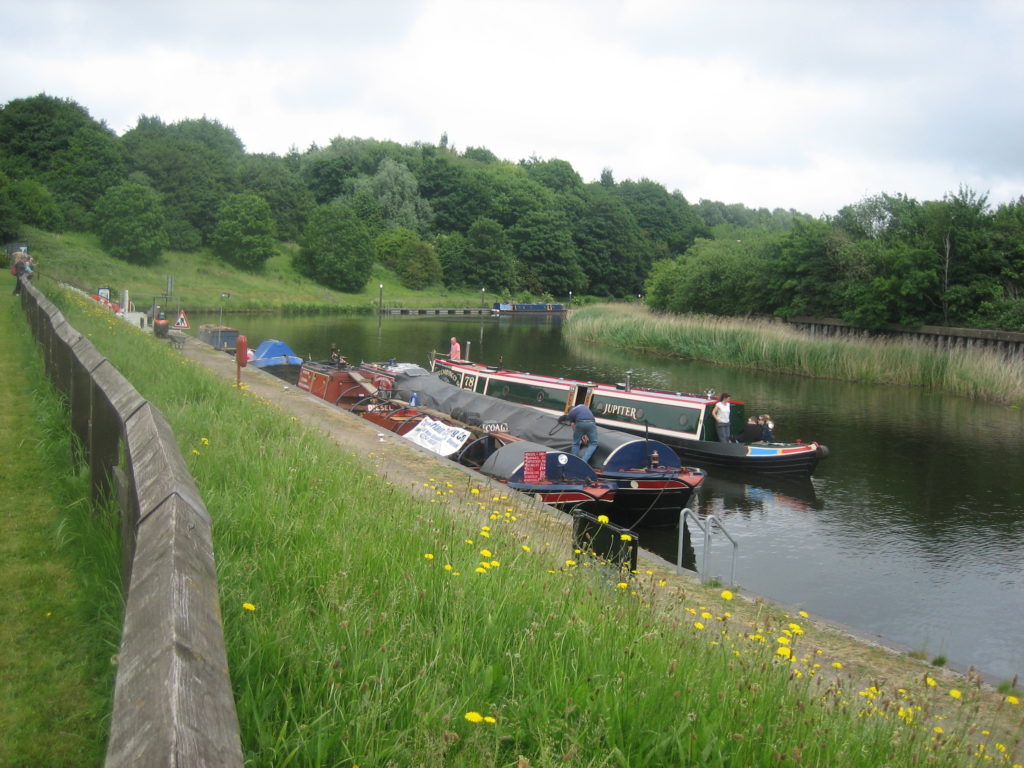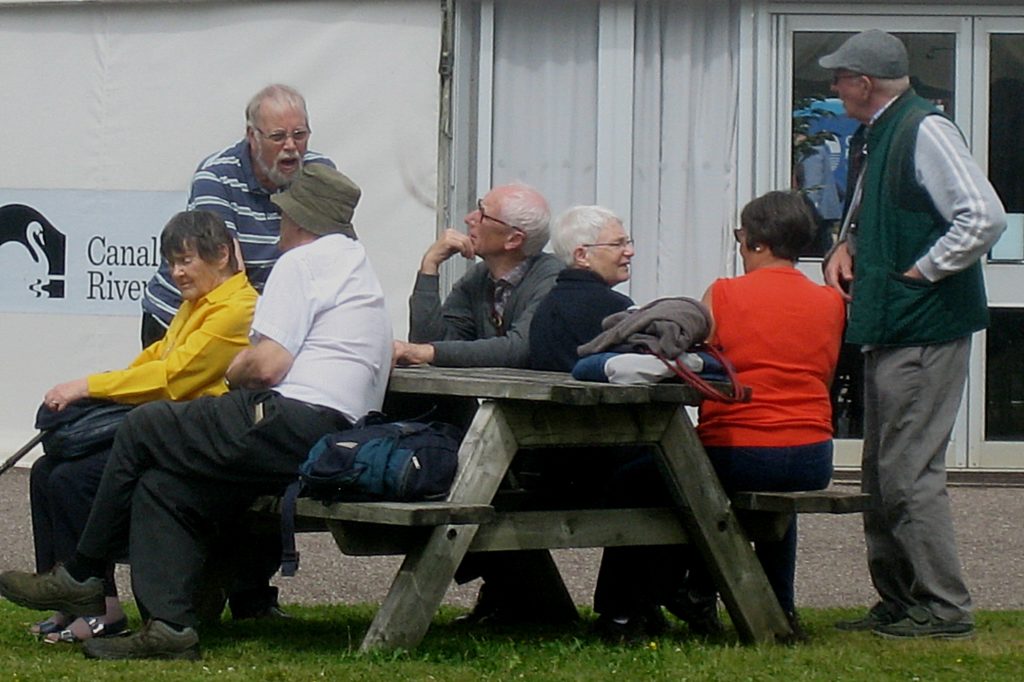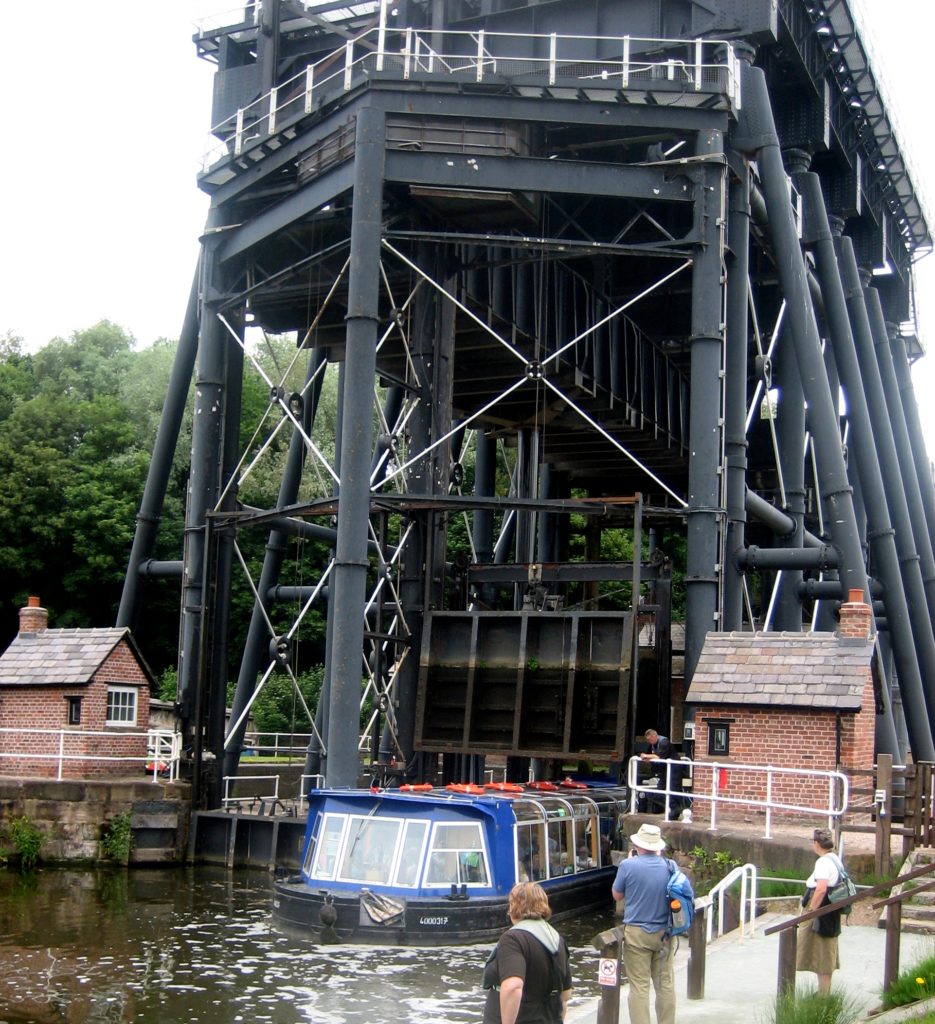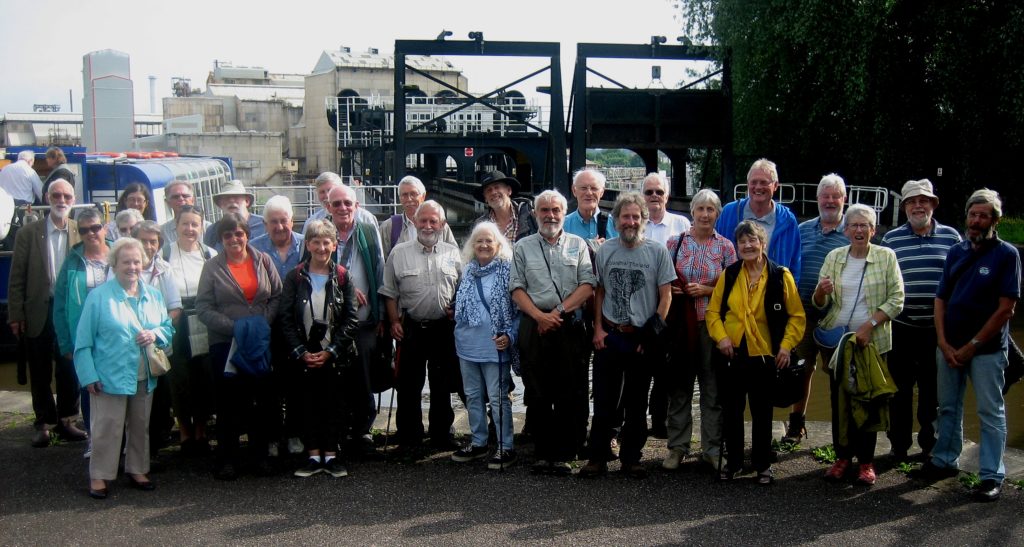On 14 September 1968, the Inland Waterways Protection Society received permission from British Waterways to commence restoration of Bugsworth Basin. The IWPS, a splinter group of the IWA, had been formed 10 years earlier, they had visited and reviewed several class C waterways including the Stratford on Avon, Dearne and Dove, Chesterfield, Pocklington, Macclesfield and of course the Peak Forest where they ‘found’ Bugsworth Basin.
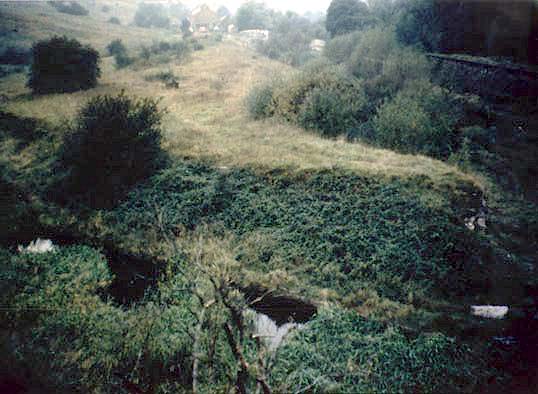
The main aims of the IWPS became the restoration and operation of the Basin. Initially led by the indomitable Bessie Bunker, she believed that as the canals had been built by hand, they should be restored by hand. Ian Edgar took over in 1974, thankfully he didn’t share this philosophy or we might still be digging today!
Prior to closure in 1927, for over a hundred years Bugsworth Basin had been a thriving inland port, the largest and busiest on the narrow canal system and the only one to survive intact. Linked to limestone and gritstone quarries by the 6 mile long Peak Forest Tramway it was a large industrial complex with warehouses, limekilns, wagn tipplers, cranes and a stone crusher.
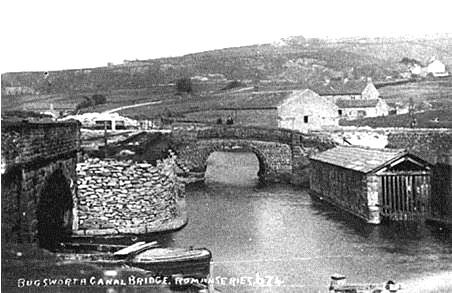
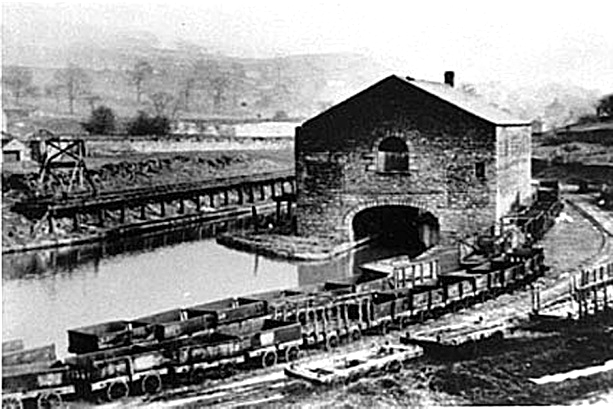
By 1968 it was silted up and overgrown. Of the many buildings only part of the warehouse in the middle arm (locally known as the monastery garden) and the base of the stone crusher remained, along with some of the limekilns and setts from the tramway. The stone from many of the structures had been taken and used elsewhere.
Alongside the re-excavation of the canal, there were many stone retaining walls to repair and the horse bridge to re-build. Stone had to be sourced and brought back to the Basin, this coming from various locations including Chinley railway station, Broken Banks Farm and Rose and Crown Farm.
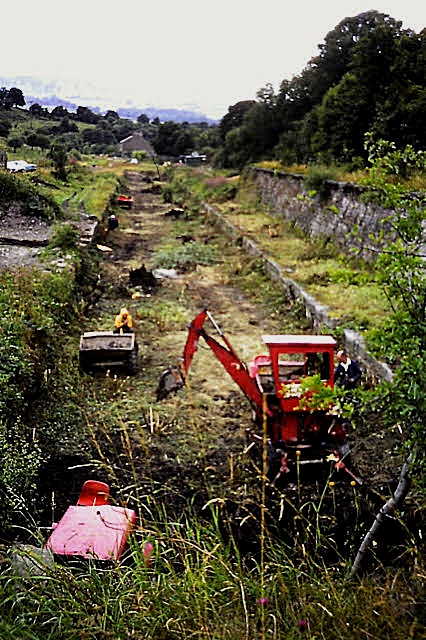
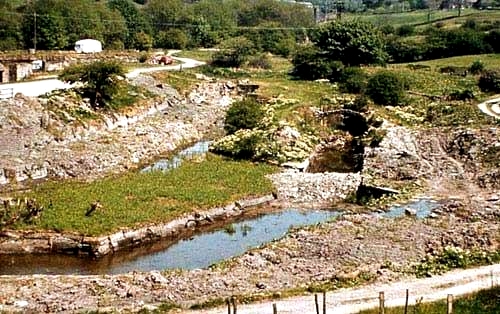
Various hurdles were overcome – the proposal of turning the basin into a marina, thus ruining the historical site, was followed by the major threat of the A6 bypass being built through the basin. Ancient Monument status was applied for and granted protecting the basin and forcing the bypass to be diverted around it.
A major problem was leaks (the river course was altered during construction of the basin and as this area is built up on glacial drift it is quite unstable). The basin was opened and closed again twice before finally re-opening in 2005 after a large part of the bottom of the channel was lined with concrete.
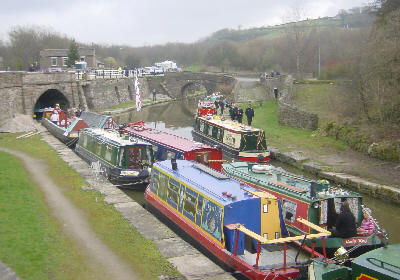
The role of the volunteers now changed to management, maintenance and providing information and interpretation of the site for the many visitors. The name was changed in 2014 to the more appropriate Bugsworth Basin Heritage Trust.
When Bugsworth Basin was an industrial area there was hardly a tree to be seen, now there are an abundance of plants and wildlife around the Basin. In 2016 the Peak Forest Canal from Marple aqueduct to Bugsworth gained Green Flag status. Our wildlife volunteer monitors wildlife around the basin, she is also creating an interactive display for children and planning wildlife watches.
The downside of all the trees that now populate the area is that their roots damage the infrastructure, so keeping walls and the limekilns free of trees takes up a lot of volunteer time. Access in some places can be quite tricky and sometimes specialist equipment is needed. However some jobs are too big for the Trust and we then have to call on CRT, with whom we have a good relationship. So when large trees were cut down last year volunteers cleared the debris and when CRT installed a new feed in the middle basin arm to provide more water for the Peak Forest Canal BBHT sourced and planted new indigenous trees and bushes on the disturbed land.
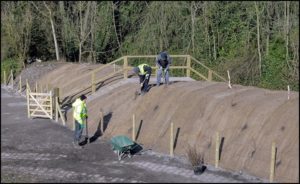
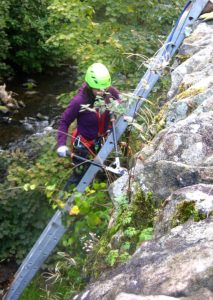
Leaks are still a constant concern, the lower basin arm wasn’t included in the 2005 scheme and has to be stanked off. Holes which appear alongside the arms regularly have to be plugged with clay.
On the historical side the trust installed a heritage trail around the basin, with interpretive panels and a diorama showing the basin in its heyday. The utilities building was constructed and what was originally intended to be an office became a small shop. Ideally, we would have a building with exhibitions of the history and restoration of the Basin, along with a shop and café. Over the years proposals have been put forward to rebuild one of the warehouses for this purpose, unfortunately this turned out to be too complex. Another idea was for a new building on land at the bottom of the roadway where the containers housing the workshop, equipment and mess room are. British Waterways wouldn’t allow this due to the close proximity of the high retaining wall which separates the Basin from the Black Brook that runs alongside.
Reluctantly the Trust had to shelve the idea of a permanent integrated building and make the most of ‘container city’. One was turned into an exhibition space, another has recently been fitted out as a cinema room which will have a running display of historic images of the working basin including some glass plates, the Restoration by volunteers and a CRT film of canals in general. As CRT now have a welcome station at the basin this will key in with their activities. The exteriors have been painted and timelines attached along with a panel of artwork, based around the basin, produced by pupils of Buxworth Primary School.
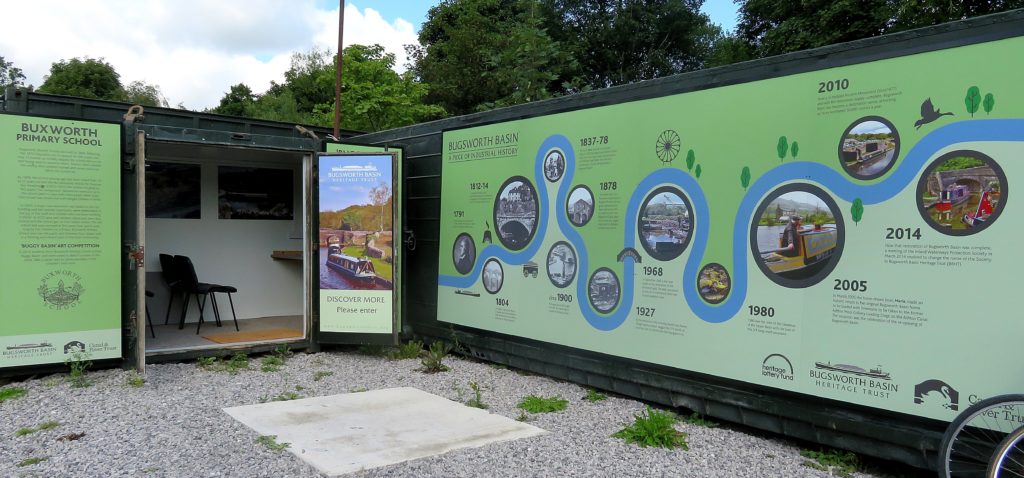
Using redundant balance beams volunteers are making benches and planters, which will be filled with edible plants, for the area alongside.
Being unable to rebuild any permanent historical structures attention has turned to removable artefacts/structures. Recently installed on original tramway lines in the lower basin is a replica Peak Forest Tramway wagon which has been constructed by our volunteers. Following the success of this, further projects are in the pipeline, subject to the necessary approvals.
Visitors to the Basin are full of praise for the restoration and on-going work of the volunteers, as one visitor wrote in the book ‘Fantastic, wonderful what you have achieved here’
